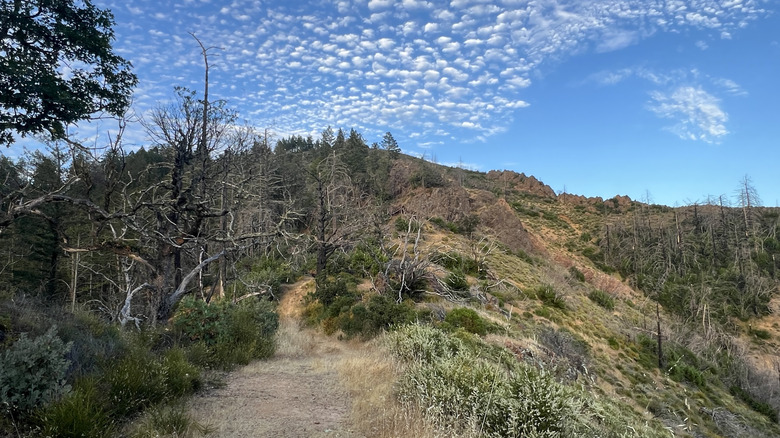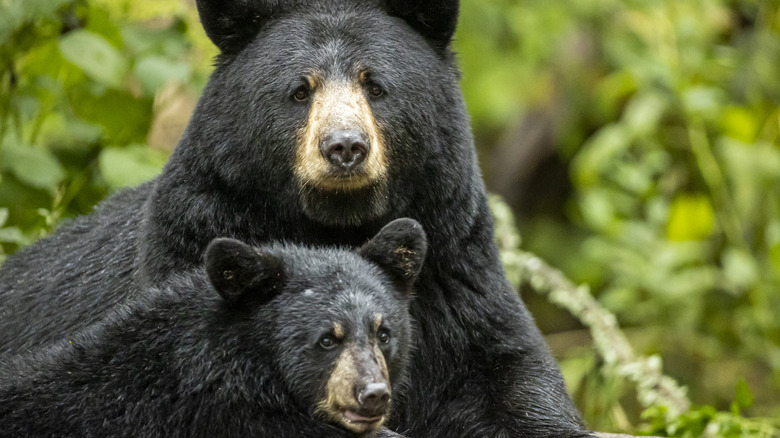A Wild Animal Missing For 10 Years Returned Doing Something Rarely Caught On Camera
California stands at the forefront of numerous conservation initiatives, showcasing some success stories, such as the animal species referred to as "nature's Swiss army knife" experiencing population growth, alongside challenges like the strange and tragic affliction affecting sea lions. For conservationists at Hood Mountain Regional Park in Sonoma County, monitoring bear populations in the area presented its challenges and shortcomings. That is, after 10 years of waiting, a mother black bear finally showed up with two cubs in tow.
Captured on trail camera footage on December 22, 2024, this marks the first sighting of a mother bear with cubs in Hood Park since wildlife experts began tracking the black bear population. This discovery reflects an increase in the black bear population throughout California, with estimates rising from around 35,101 in 2014 to approximately 65,405 as of 2024, according to the Black Bear Conservation Plan for California. While these population figures seem healthy, the black bear is still considered federally threatened. The sighting of a mother bear with her cubs around a decade after the program began indicates that Hood Park and the larger Sonoma County region can foster an environment where the bears thrive.
Those who wish to help California bears and ensure their ongoing success can do so by supporting the North Bay Bear Collaborative, which provides education and research on bears in California and beyond. Since black bears are considered among the best mothers in the animal kingdom, it's even more crucial to ensure they have a suitable habitat to raise their cubs.
The importance of mother black bears and habitat
A mother bear is synonymous with a protective mother, and the term "mama bear" is used to describe human mothers who are overly dedicated to their kids or loved ones. This title is certainly earned by the black bear, as once cubs can begin walking and exploring on their own, they stay under the watchful eyes of their mother. The cry of a baby bear causes a mother to come running, and she takes a very hands-on approach, bringing them to safety and helping them down trees as they learn new skills.
As fall approaches, a mother creates a den to help her cubs during the colder months, where she spends much of her time cuddled up with them. By around 17 months, the cubs, now young adults, are forced out of their homes as the mother prepares to find a mate and start the process all over again. However, a mother bear continues to recognize her offspring for years to come, passing some of her territory to them while also actively defending it against any trespassers.
Healthy populations supported by growing families are vital to the environment, with bears playing a crucial role in maintaining ecosystem balance. They do this by hunting, cleaning the forest of carcasses through consumption, and dispersing seeds attached to their fur and in their feces during travel. The recent discovery in Hood Park exemplifies both a mother's ability to raise her young and the future viability of the region for a variety of flora and fauna. For more stories on rare animal sightings, check out South America's largest mammal, thought extinct, that was spotted in a protected zone.

